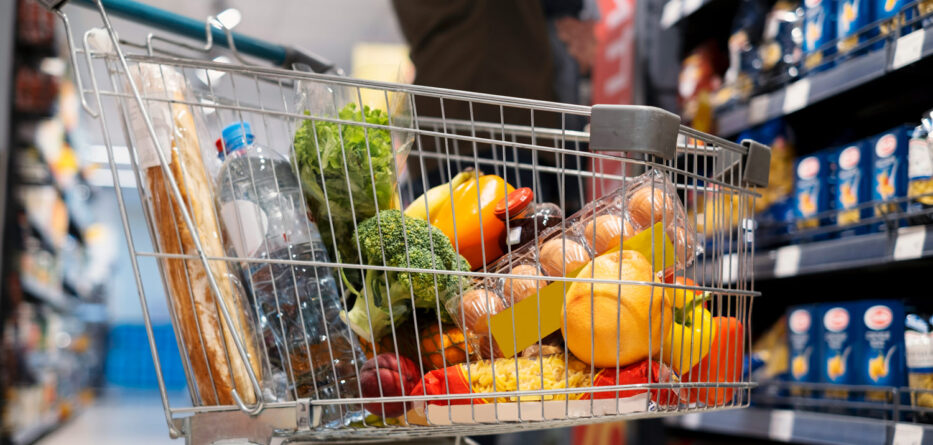One of the main results of the federal government’s reopening agreement was the extension of full benefits from the Supplemental Nutrition Assistance Program (SNAP) until September 30, 2026.
Currently, some 42 million people are enrolled in the program, 16% of whom are of Latino origin, which is around 6.7 million.
But the Secretary of Agriculture (USDA), Brooke Rollins, announced that the Trump administration will require all SNAP participants to reapply for their benefits to prevent fraud.
Although the rules have not been published in detail, beneficiaries will have to demonstrate that they meet the eligibility requirements to continue receiving benefits, which amount to about $190 per month per person.
SNAP has an annual cost of around $100 billion and is part of the so-called Farm Bill.
Although it is a federal program administered by the USDA, it is managed by state agencies through local offices, which determine eligibility based on factors such as income, resources, and household size.
That is why the USDA ordered states to share data on beneficiaries, describing the system as “rife with fraud,” but only 29 states, mostly governed by Republicans, have complied with the request.
According to Rollins, it has been discovered that 186,000 deceased individuals received benefits and 500,000 people received SNAP benefits in more than one state. The Trump administration has removed approximately 700,000 people from SNAP and arrested 118.
Of course, no one can be against eradicating fraud and abuse, because it potentially prevents benefits from reaching families who truly need them.
On average, a family receiving SNAP has a net income of around $400 per month.
That’s why it’s important to maintain SNAP, and its primary mission is to ensure that low-income households can afford the food necessary for a nutritious diet, which directly reduces food insecurity.
By guaranteeing access to nutritious food, SNAP is vital for the health and well-being of its participants, especially children and older adults.
SNAP has been proven to improve long-term health outcomes, reduce the costs associated with malnutrition-related illnesses, and free up income that can be allocated to other essential needs such as housing and utilities.
In short, SNAP is not just a food assistance program, but a fundamental tool for reducing poverty, improving public health, and stabilizing the economy by putting nutritious food within reach of those who need it most.





